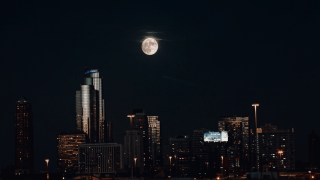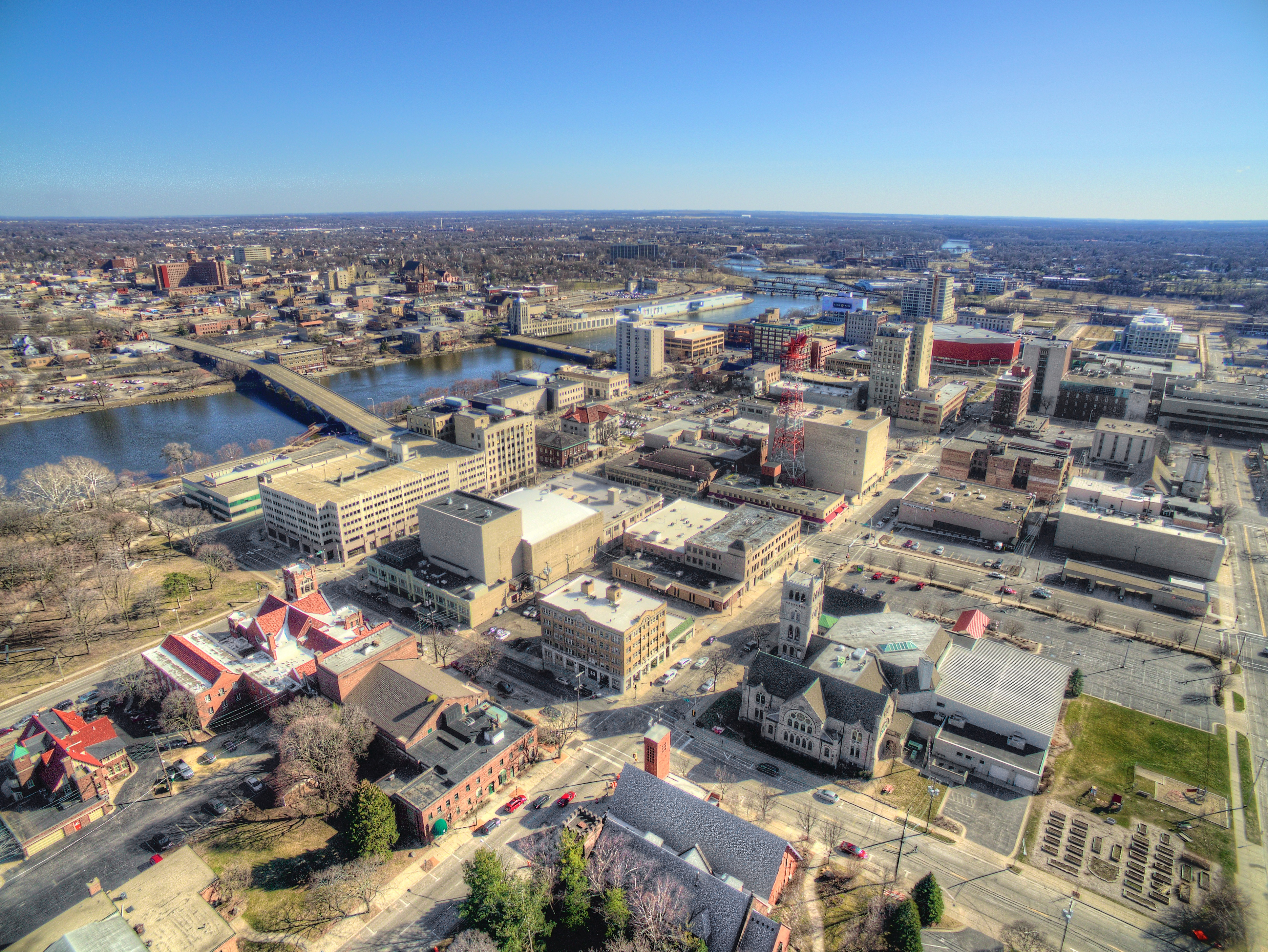
Chicago area residents may have seen news stories in recent days about an upcoming “Super Flower Blood Moon,” but what exactly does that term mean, and what will we be able to see in the early morning hours Wednesday?
The “Super Flower Blood Moon,” which comes on the same morning as a total lunar eclipse that will cast an eerie red glow over the moon’s surface in parts of the western United States and in countries near the Pacific Ocean, will rise on Tuesday evening, and will set on Wednesday morning.
Here is an explainer:
"Super"
Feeling out of the loop? We'll catch you up on the Chicago news you need to know. Sign up for the weekly Chicago Catch-Up newsletter here.
For starters, the full moon that will rise Tuesday night and set Wednesday morning is considered to be a “super moon,” meaning that the moon is at its nearest point to Earth in its orbit around the planet.
Because of that, the moon will appear to be approximately 14% larger than normal, and 30% brighter than a normal moonrise, according to scientists at the Adler Planetarium.
"Flower"
Local
The first full moon of each month has a different name, and the full moon in the month of May is known as the “flower moon.” Other moon names include the “wolf moon” (January), the “snow moon” (February) and the “sturgeon moon” (August), according to experts.
"Blood"
This portion of the name certainly captures the attention, but unfortunately for Chicago area residents, the moon’s coloring won’t quite live up to that billing this time around.
That’s because the “blood” color of the moon, which involves the moon’s surface taking on a red hue, will not be visible from Chicago. A full lunar eclipse will take place Wednesday morning, but it will not reach totality until 6:11 a.m. Central time, meaning that the moon will be below the horizon in the Chicago area.
Fortunately for residents in the Chicago area, a partial lunar eclipse will still be visible. The left half of the moon will darken in the early morning hours, starting at approximately 4:44 a.m., according to Adler Planetarium astronomers.
When the moon sets at 5:26 a.m., just over half of the moon’s surface will be darkened as a result of the eclipse. Areas of the western United States will be able to see the full lunar eclipse, according to experts.
Other Notes:
-Even though Chicago residents will only be able to see a partial lunar eclipse early Wednesday morning, visibility could be poor enough to where the moon could be hidden by clouds.
According to current forecast models, cloudy skies are expected at sunset/moonrise Tuesday evening, and there is a greater than 80% chance of rain at approximately 4 a.m. Wednesday, meaning that the partial eclipse may not be visible at all in Chicago.
-Another partial lunar eclipse will take place on Nov. 18-19, and will be visible in the Chicago-area. A total lunar eclipse will take place in May 2022, and will be visible throughout the eastern United States. Another partial eclipse will take place in Nov. 2022, capping off a series of remarkable celestial events.



